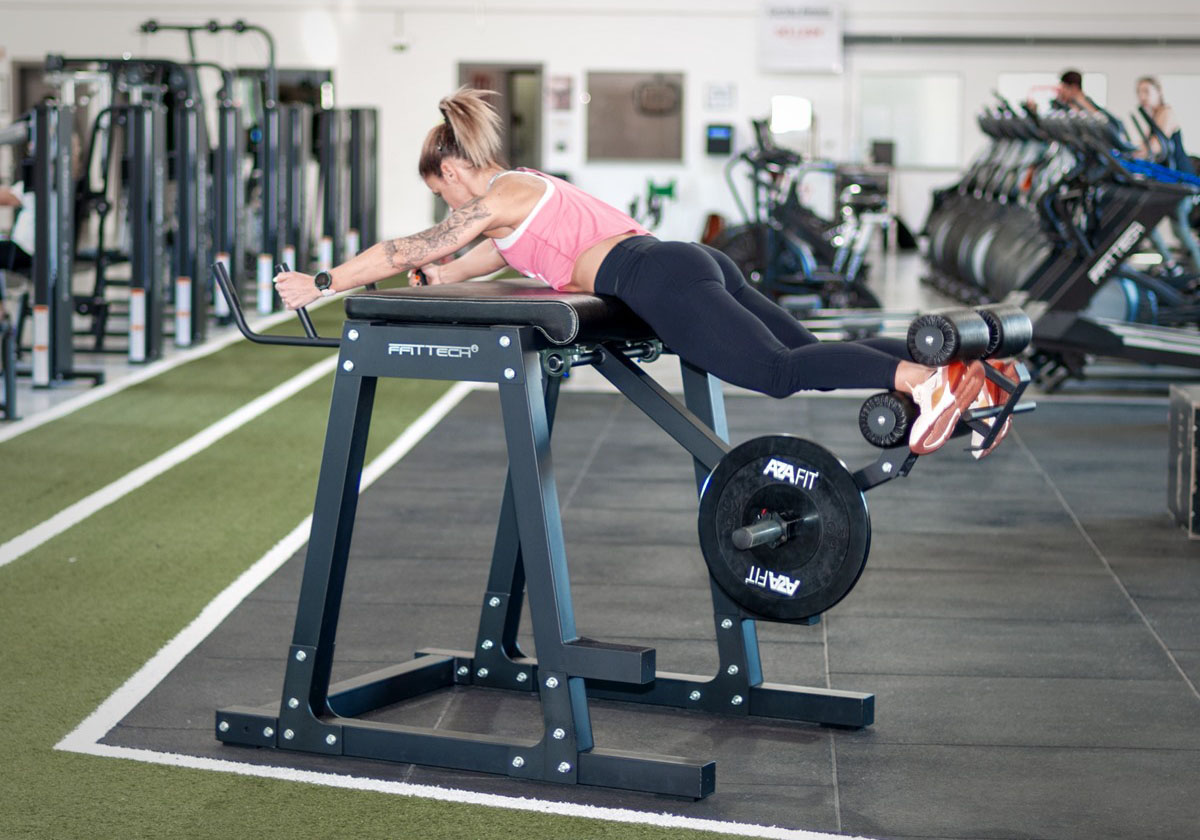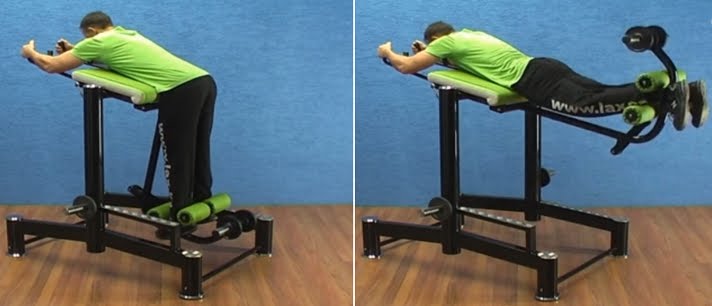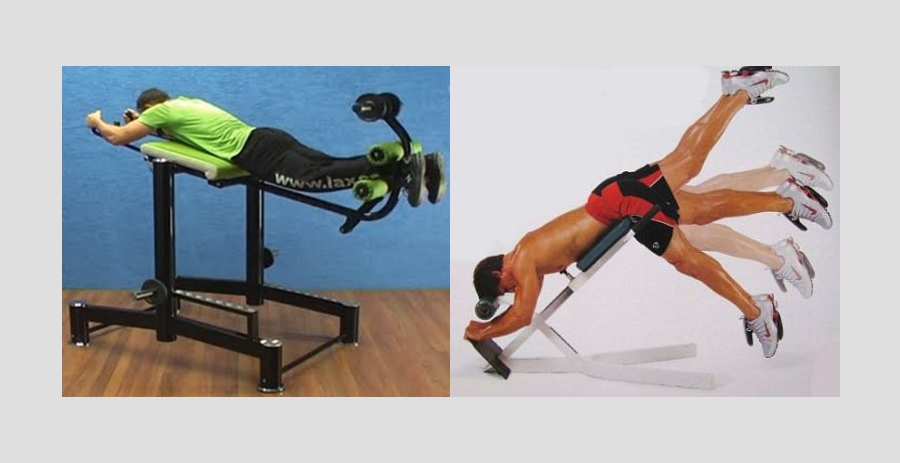The reverse hyperextension exercise is a variation of the classic hyperextension, but it is performed in a completely different way.
The bottom line is that during execution, the body is fixed on the surface and the straight lines rise. This is completely opposite to the classic hyperextensions, in which we fix the legs behind the supports and extend the body.
Content
Reverse hyperextension - benefits
This option allows you to maximize the load on the muscles of the lower back and partially transfer the load to the buttocks and hamstrings.
By shifting the emphasis of the load from the lower back to the buttocks and leg muscles, you can use more weight. This allows you to more effectively work out these muscle groups.
The risk of spinal injury is virtually eliminated. Reverse hyperextension is considered one of the therapeutic exercises in the presence of back pain and clamps caused by a sedentary lifestyle.
The famous Louis Simmons used this exercise to heal a spinal injury. He even invented a machine to perform reverse hyperextensions with weights. Here is what he says himself: "This simulator is the only exercise in which the sacrum rotates, the disks "open" and spinal fluid is "pumped" into the soft tissues"
In general, this exercise is useful not only for strengthening the lower back, it also helps to recover from injuries.
The exercise allows you to develop dynamic strength in the lifting phase, and at the same time having a rehabilitating effect on the lower back in the lowering phase of the weight, quite gently stretching the spine and removing the load from it, of course, the maximum effect will be achieved when using additional weight.
Doesn't hit the back. You can safely do reverse hyper before deadlifts or barbell squats. While the classic version of the movement is performed after basic exercises.
Use
Can be used in any strength training, especially in powerlifting and strong. In order to both strengthen the lower back and prevent injuries.
Equipment
There is a special simulator, bench or Roman chair, which, if desired, can be found and bought. However, you can do without any problems to do it yourself. Actually, there are two options for the design of the simulator for reverse hyperextensions:
No moving part. There are many options here, for example, a Scott bench can be a good support, and the position of the body on it can be varied
With a moving part, namely with a device on which weight is put on and lifted with legs. It is much more convenient to lift your legs here, since the weight is securely fixed and you do not need to hold it.


Mistakes
Use of jerks with legs and assistance with the body.
Excessive working weight.
Execution on the floor. Although it is possible, it is better not to do it on the floor, but to find a suitable surface.
What muscles work
The main ones are the back muscles: the extensors of the spine, the square muscle of the lower back, the iliocostal muscle of the back.
Additionally - buttocks (gluteus maximus), hamstrings, semitendinosus.
Reverse hyperextension technique
Starting position - bend over the upper edge of an incline bench, a scott desk or something similar, so that the legs hang freely and the body is motionless.
- Straighten your legs and lower them to the floor. This will be your starting position.
- With an accentuated effort of the biceps of the thighs and buttocks, we raise the legs until they form one line with the body.
- Hold for a couple of seconds in the top position and further statically tighten the buttocks and hamstrings.
- Keeping your legs firmly pressed together, return to the starting position.
- Perform the specified number of repetitions.
When you raise your legs up, in no case try to help yourself with the body. Such movement can lead to lower back injury.
Keep your head straight, do not tilt it back during the exercise. This can lead to stretching of the neck muscles.
.
Weight selection
To increase the intensity of reverse hyperextensions, hold a small dumbbell or a heavy ball between your feet. It is also possible, as a burden, to perform a movement with a fitness rubber band.
When the approach becomes “failed”, gently lower the weight to the floor and “finish off” the muscles with additional repetitions without weight.
Conclusions
As you can see, the benefits of this exercise are very diverse and significant. It is quite simple to perform both at home and in the hall.
For back pain, reverse hyperextensions should be performed with great care and without additional weights.
In terms of execution order, it is still more logical to perform reverse hyperextensions after heavy basic exercises.
Useful links
https://www.youtube.com/watch?v=kTf-fU5Tab8



